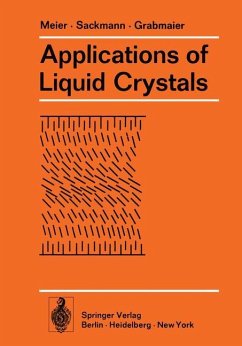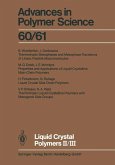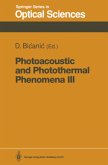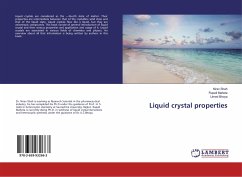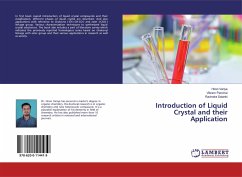Over the past ten years liquid crystals have attracted much interest and considerable progress has been made with respect to our knowledge in this field. The recent development was initiated mainly by the work of J. L. Fergason and G. H. Heilmeier, who pointed out the importance of liquid crystals for thermographic and electro optic applications. The first part of this book is a brief introduction to the physics of liquid crystals. The structures and properties of the three basic types of liquid crystals are discussed. A special paragraph is devoted to electric-field effects, which are important in display applications. The chapter on Scientific Applications gives an insight into the potential applications of liquid crystals in fundamental research, with special emphasis on explaining the principles involved. Two groups of potential applications are discussed in detail: 1. the use of liquid crystals as anisotropic solvent for the determination of molecular properties by means of spectroscopy, and 2. their use in analytical chemistry, particularly in gas chromatography. The reverse process involves the use of the dissolved molecules as microscopic probes in the investigation of the dynamical molecular structure of anisotropic fluid systems (e.g. biological membranes). This extremely important technique is also described.

